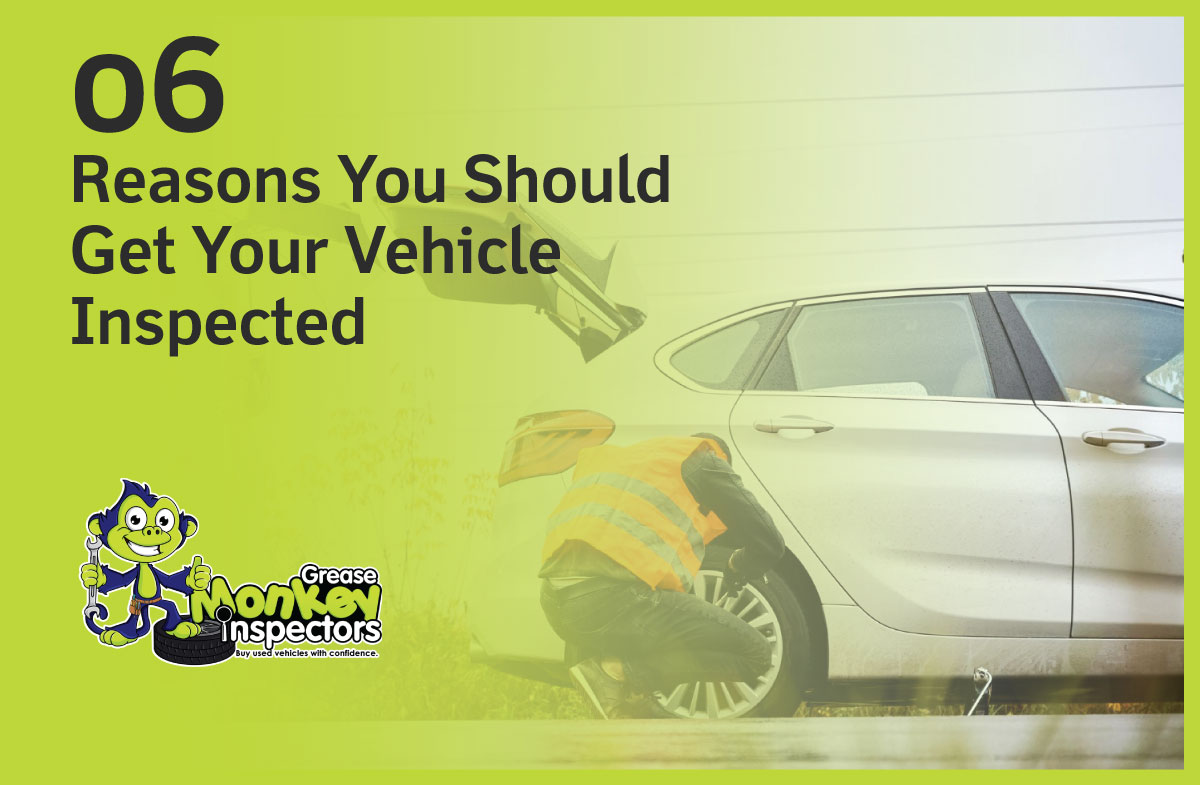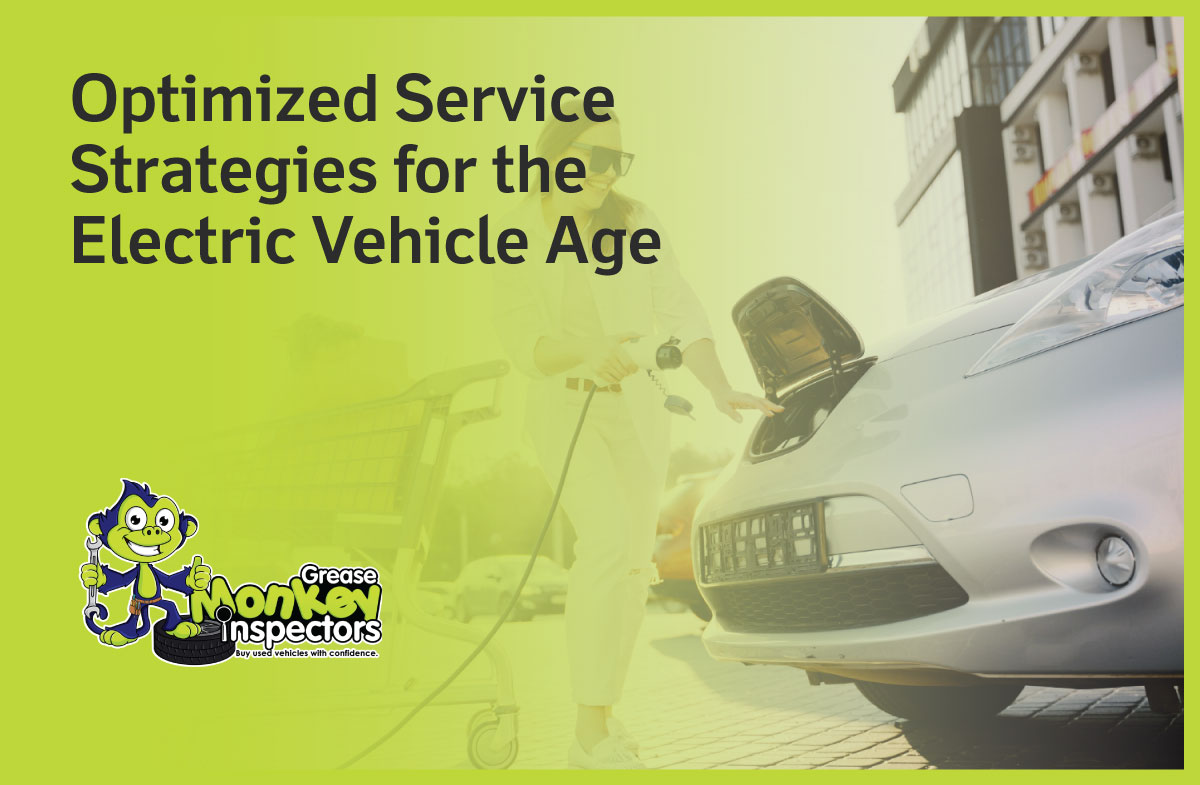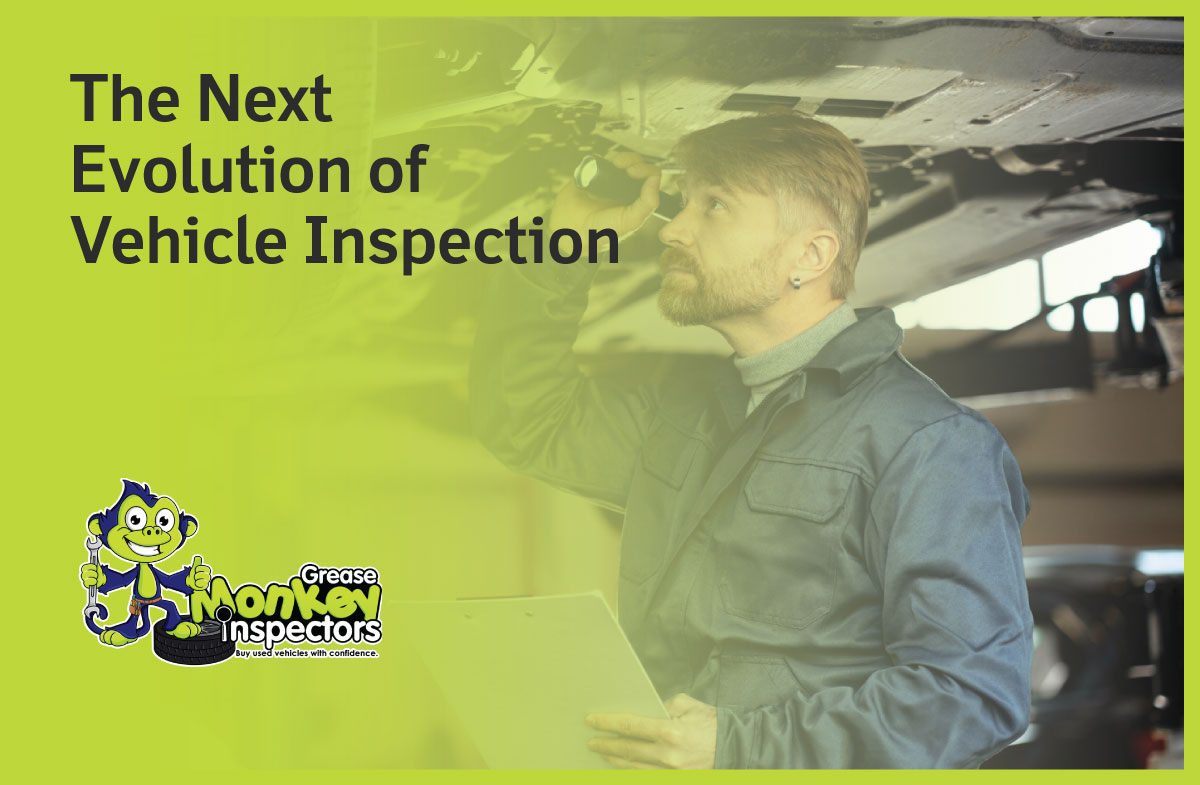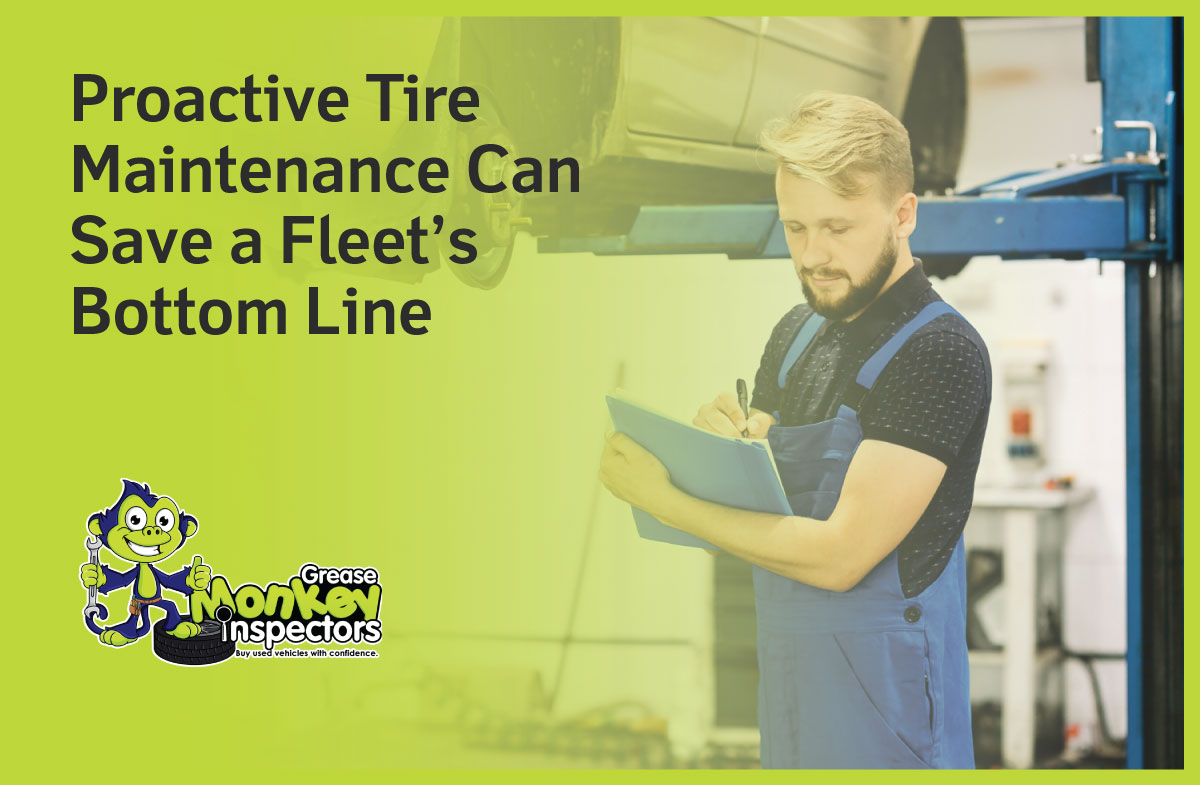When it comes to maintaining the safety and longevity of your vehicle, vehicle inspections in Alberta play a critical role. These inspections are required by law to ensure that vehicles on Alberta roads meet safety and emissions standards. Whether you’re buying a used car or simply want to keep your vehicle in top condition, regular inspections can help identify potential issues before they become major problems.
At Greasemonkey Inspectors, we specialize in pre-purchase vehicle inspections onsite. Our expert team visits your location to conduct a thorough examination, ensuring you make informed decisions about your vehicle purchase. Unlike dealerships or sellers, we focus solely on providing reliable and unbiased inspection services.
Why Are Vehicle Inspections in Alberta Necessary?
Vehicle inspections in Alberta are not just a regulatory requirement, they offer peace of mind to vehicle owners and buyers. Regular inspections check critical components like brakes, steering, tires, and lights, helping you stay safe on the road. For those buying a second-hand car, inspections ensure the vehicle is roadworthy and free from hidden mechanical issues. Greasemonkey Inspectors are here to assist you by providing detailed reports that give you a clear picture of the vehicle’s condition before making a purchase.
Vehicle Inspections in Canada: How Alberta Differs
While vehicle inspections in Canada are standard across the country, Alberta has its own unique guidelines that reflect the local driving conditions and safety regulations. Our team at Greasemonkey Inspectors is well-versed in Alberta’s inspection protocols, ensuring your vehicle complies with all local requirements. Whether you’re a resident or new to Alberta, understanding the province’s specific rules for vehicle inspections is crucial for safe driving.
What Does a Vehicle Inspection Cover?
Our vehicle inspections in Alberta cover all essential systems, including the engine, transmission, suspension, and electrical components. At Greasemonkey Inspectors, we pay close attention to every detail to provide a comprehensive assessment of the vehicle’s condition. The thoroughness of our inspections ensures that you’re aware of any existing or potential issues that could affect the vehicle’s performance or safety.
Benefits of Choosing Greasemonkey Inspectors for Onsite Vehicle Inspections
By choosing Greasemonkey Inspectors, you get the convenience of onsite vehicle inspections wherever the vehicle is located. We bring our expert service to you, saving time and offering peace of mind. Our detailed inspection reports give you all the information you need to make confident decisions when buying a used vehicle. As part of our commitment to quality service, we ensure that your inspection is done with accuracy and transparency, making us a trusted partner for vehicle inspections in Alberta.
Get Your Vehicle Inspection Done Today!
Don’t wait until a small issue becomes a big problem. With Greasemonkey Inspectors, you get professional, reliable, and convenient onsite vehicle inspections in Alberta. Our team is ready to provide thorough and trustworthy reports to help you make the best decision for your vehicle.
Explore our Inspection Packages to book your inspection today!










